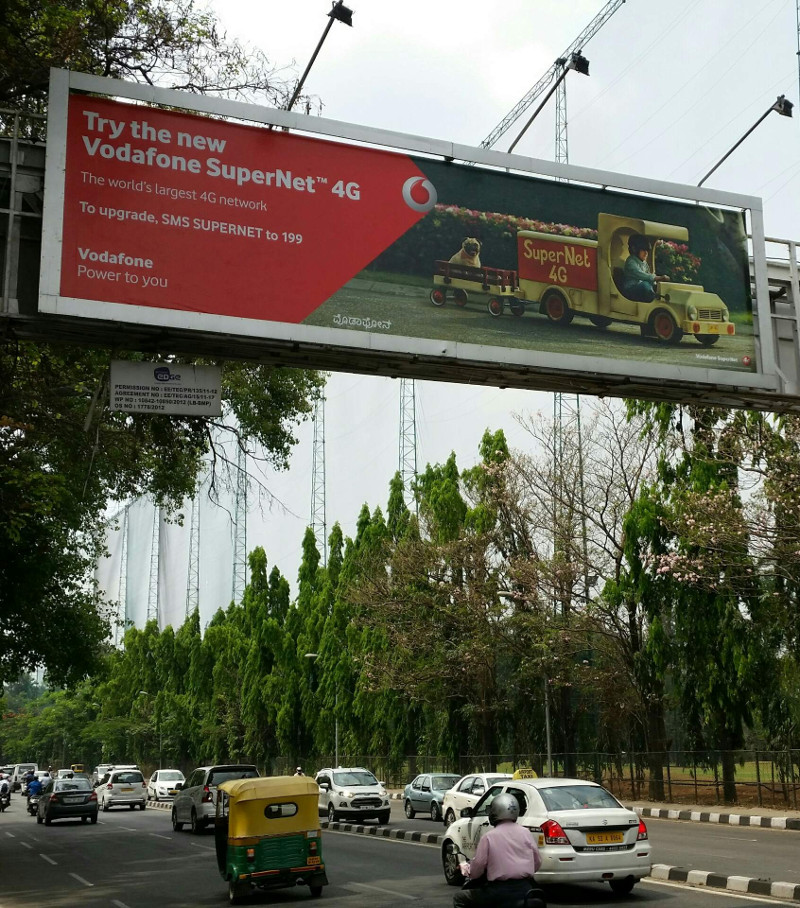5 years ago, when LTE was just about to hit the real world, I wrote a blog post about the LTE band challenge. Even at the time, 3GPP defined more bands for LTE use that one could count with two hands and even more have been added since. It was quite worrying 5 years ago when the state of the art in mobile devices was to support 4 GSM bands and 2 UMTS bands. Fortunately the situation has much improved since then.
Category: Uncategorized
How To Make Use of the 1400 MHz Band for LTE In Europe
Last year two network operators in Germany have each won 20 MHz spectrum in the new 1400 MHz band. The interesting thing about that piece of spectrum was that it’s uni-directional, i.e. it can only be used for downlink-only transmission or, theoretically, also for TD-LTE. At the time it wasn’t quite clear to me how the spectrum is going to be used. In the meantime, however, 3GPP has defined how to use the band.
Continue reading How To Make Use of the 1400 MHz Band for LTE In Europe
Voice Over IP – DTX During Silence Periods Visualized
 When I recently made an IMS call from a mobile phone I noticed an interesting output of a throughput graph I was running at the time that shows Discontinuous Transmission (DTX) in action during silence periods.
When I recently made an IMS call from a mobile phone I noticed an interesting output of a throughput graph I was running at the time that shows Discontinuous Transmission (DTX) in action during silence periods.
Continue reading Voice Over IP – DTX During Silence Periods Visualized
1 Mbit/s While Roaming – They Are Not Kidding…
After two network operators in Germany have introduced tariffs in the past few weeks without roaming charges in the EU, the third network operator, Telefonica O2, has followed suite and done the same. At least in theory as the fine print contains a major catch.
Continue reading 1 Mbit/s While Roaming – They Are Not Kidding…
HDD, SSHD and SSD Speed Comparison
Over the past days I’ve been experimenting a bit with SSD’s, traditional spinning hard disks and hybrid drives (SSHDs) to see how big the differences are between them when it comes to everyday tasks. To my surprise, the hybrid disk performed much better than I thought.
Fiber In Bangalore
While in Germany the local incumbent continues dragging its feet it comes to deploying Fiber To The Home (FTTH), other countries are much more advanced. Take France for example. Or Bangalore in India… Here are some pictures and thoughts.
A Look at LTE in Bangalore, India
Is Switzerland Going Into Telecom Isolation? And How Would That Affect Tourism?
The date for the complete removal of roaming charges in the EU is coming closer and a number of network operators have already started offering tariffs that include EU roaming. While some of those offers do include non-EU countries like Norway, Iceland and Switzerland, others do not. So what will happen in 2017 when there are no more roaming charges wherever you go on the central continent for everyone and not only for those with a special tariff, but as soon as you set your foot into Switzerland, your mobile data connection suddenly drops dead, unless, of course you pay extra!?
Continue reading Is Switzerland Going Into Telecom Isolation? And How Would That Affect Tourism?
Second Mobile Network Operator In Germany Abolishes EU Roaming Charges In Some Tariffs
 It’s good to see that the EU’s push to completely abolish roaming charges within the European Union by 2017 is showing positive effects even before this date. A few days ago, a second German mobile network operator has announced that they will abolish roaming charges to EU countries beginning this month for some of their tariffs. Let’s have a closer look.
It’s good to see that the EU’s push to completely abolish roaming charges within the European Union by 2017 is showing positive effects even before this date. A few days ago, a second German mobile network operator has announced that they will abolish roaming charges to EU countries beginning this month for some of their tariffs. Let’s have a closer look.
DNS Decisions – Resolvconf – Dnsmasq And How They Play Together
Back in January I updated my Secure Hotel Wi-Fi Sharing Raspberry Pi solution to the new Debian Jessie build. Unfortunately the way in which the system decided which network interface to use for DNS lookups had changed and DNS lookups were no longer reliably sent through the VPN tunnel. As a quick fix I changed the DHCP settings in the Raspi Server to instruct all Wi-Fi clients to circumvent the Raspi’s DNS server and instead go to a public DNS server immediately. Not a pretty solution but it did it’s job. Recently, I had a bit of time to investigate a bit further and came up with a better solution.
Continue reading DNS Decisions – Resolvconf – Dnsmasq And How They Play Together
